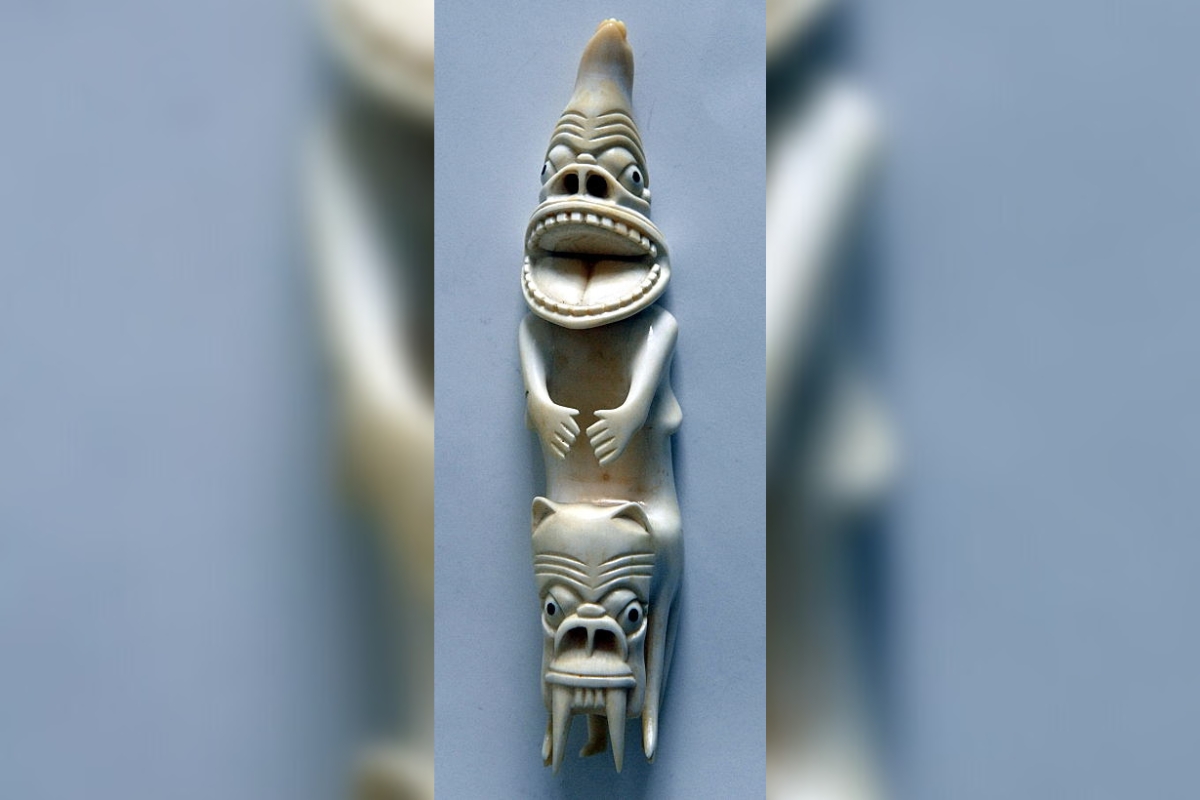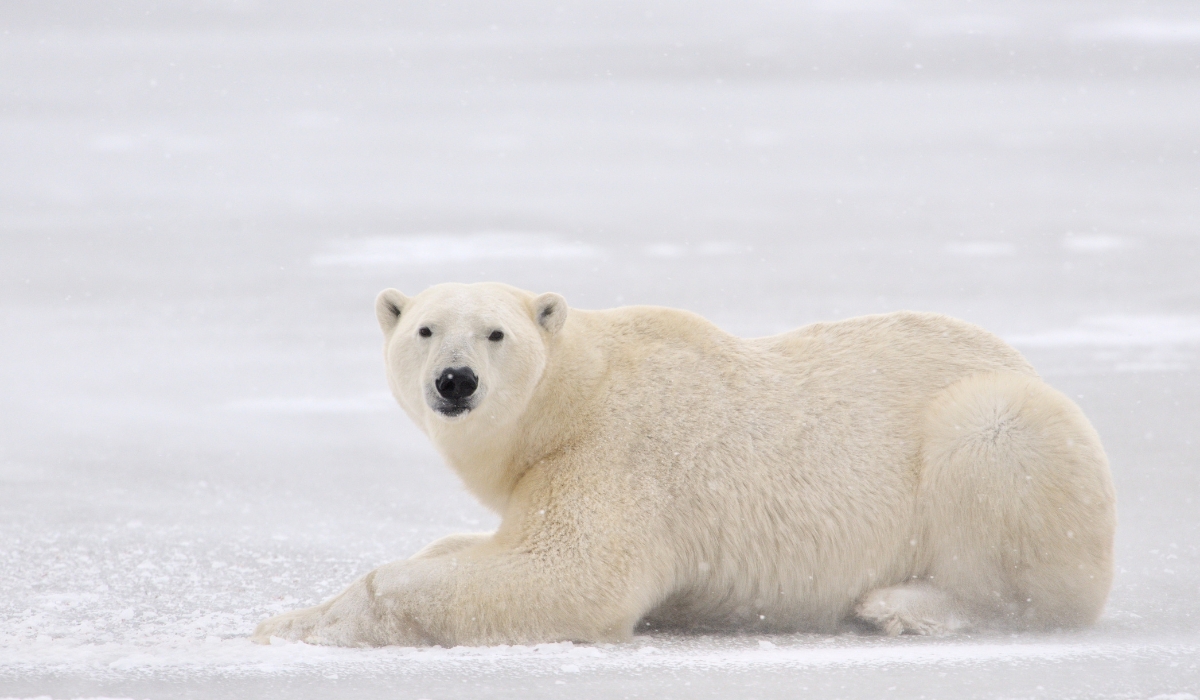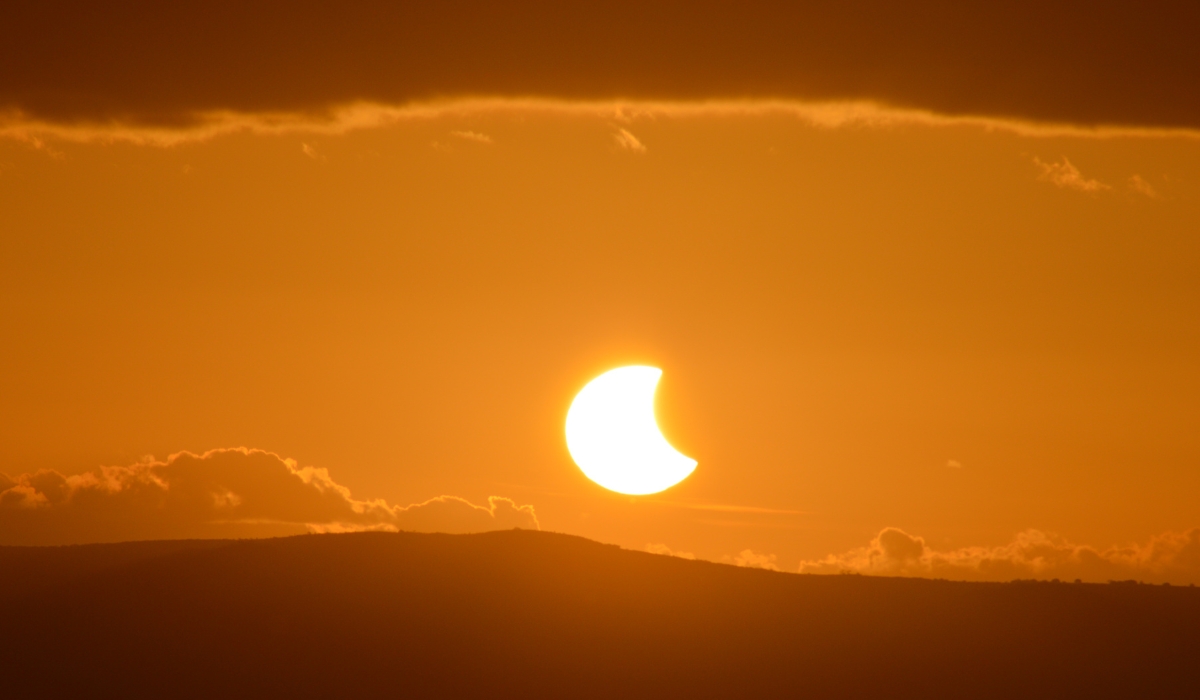
Greenlandic mythology and folklore: 5 Arctic tales
Greenland, with its stunning landscapes of towering icebergs, rugged mountains, and endless tundra, is not just a place of breathtaking natural beauty. It’s also a land steeped in rich mythology and folklore. The stories and legends of the Inuit people, who have inhabited Greenland for thousands of years, offer a window into their unique cultural heritage. Here are five of our favorites…
The Inuit connection to nature
Before delving into specific tales, it's crucial to understand the profound relationship between the Inuit people and their environment. Greenland's harsh Arctic climate has shaped their way of life and spiritual beliefs. The Inuit have a deep respect for nature, viewing it as a force to be revered and placated. They believe that every aspect of their environment, from animals to the weather, is inhabited by spirits, and this belief system permeates their folklore.
Sedna, the sea goddess
One of the most well-known figures in Greenlandic mythology is Sedna, the sea goddess. Sedna is believed to reside at the bottom of the ocean, where she controls the sea creatures upon which the Inuit people rely for sustenance. She is both a provider and a punisher, as her mood dictates the availability of marine life. Sedna's fingers are often depicted as long and bony, and when she becomes angry, she can use them to create storms and withhold the sea's bounty.
A popular legend tells the story of Sedna's origin. She was once a beautiful young woman who was deceived into marrying a bird spirit by her father. When she tried to escape her husband, her father's boat was attacked by a violent storm. To save himself, he threw Sedna overboard. She clung to the boat, but her father, in desperation, severed her fingers, causing them to transform into sea creatures like seals and fish. Sedna herself sank to the ocean's depths, becoming the powerful sea goddess we know today.
Tupilak, the malevolent spirit

While Sedna represents the benevolent side of Greenlandic mythology, there are also malevolent spirits that the Inuit fear. One such spirit is the Tupilak, a creature created by shamans to harm their enemies. Tupilaks are made from a mixture of animal bones, hair, and other materials, infused with dark magic. Once created, the shaman would send the Tupilak to torment or harm the intended target.
Tupilak legends serve as a cautionary tale about the consequences of tampering with dark forces and the importance of respecting the balance of nature. Even today, some Inuit believe in the existence of these malevolent spirits and their potential to cause harm.
Nanook, the polar bear god

In Greenlandic folklore, Nanook is the powerful and revered polar bear god. The polar bear is a symbol of strength and survival in the harsh Arctic environment, and Nanook embodies these qualities. In some stories, Nanook is depicted as a benevolent deity who provides for the Inuit by granting successful hunts and safe passage on the sea ice. In others, he is a more formidable and unpredictable figure, demanding respect and caution from those who encounter him.
The polar bear hunt was a central element of traditional Inuit life, and rituals and taboos were observed to ensure a successful and respectful hunt. Nanook played a vital role in these rituals, as the Inuit believed that they had to appease him to gain his favor. (Nanook also inspired the 1922 classic film Nanook of the North.)
The legend of Qivittoq
Qivittoq is a legendary figure in Greenlandic folklore, often portrayed as a mysterious and elusive wanderer. Qivittoq is said to be a person who has become lost in the wilderness, disconnected from their people and culture. They have undergone a profound transformation, both physically and mentally, as they adapt to the unforgiving Arctic environment.
Qivittoq stories serve as cautionary tales, warning against the dangers of isolation and the importance of community and cultural ties – and they are more relevant today than they have ever been. They also highlight the Inuit's deep connection to their surroundings and their ability to survive in the harshest of conditions.
The legend of Anningan and Malina

Anningan and Malina are celestial siblings in Greenlandic mythology, representing the moon and the sun, respectively. Their story revolves around a complex and ever-changing relationship that influences the cycle of day and night in the Arctic sky.
In the legend, Anningan, the moon, is a handsome and sometimes moody young man who is deeply infatuated with his sister, Malina, the radiant sun. Anningan's affection for Malina is so intense that he frequently chases her across the sky, causing the phenomenon we know as lunar eclipses. During these eclipses, Anningan temporarily captures Malina, but she always manages to escape his grasp, restoring the light to the world.
The legend of Anningan and Malina serves as a metaphor for the eternal dance between night and day in the Arctic. It symbolizes the delicate balance between light and darkness that shapes the lives of the Inuit people, who experience long polar nights and equally extended days during different seasons.
Make your own Greenlandic myth
Greenlandic mythology and folklore offer a captivating glimpse into the spiritual beliefs and cultural heritage of the Inuit people. These stories, passed down through generations, continue to shape the identity of Greenland and its inhabitants.
Experience this ancient culture for yourself with SA Expeditions. First peruse our sample Greenland itineraries here. Then speak to a Destination Expert about writing your own Greenlandic epic.